Tesla FSD Casually Sneaking Past EIGHTEEN Cars To Turn Left
Tesla's FSD just did something pretty incredible. The Tesla was stuck behind a long line of cars that were waiting to turn left. In this case, the car could have simply stayed in its place in line and waited.
This waiting would have likely meant that it would miss the green light for the left-hand turn.
I Drove A Gas Car Today, For The First Time In Over A Year And A Half, After Driving My Tesla: It Was Like Going Back To A Horse And Buggyhttps://t.co/r0Q5FJrI67$TSLA @Tesla @torquenewsauto #evs #cars #gascar #spaceship #horseandbuggy
— Jeremy Noel Johnson (@AGuyOnlineHere) May 15, 2024
Instead of waiting, the car signaled to change lanes and went over two lanes to the right, then back to the left a lane while driving next to the left-hand turn lane.
It did this for a while, passing EIGHTEEN cars in total.
A small gap opened up at the front of the line and the car snuck in.
This was akin to cutting in line waiting for tickets to a concert, but the car found an opening and made it happen.
You May Also Like: Nvidia Talks About Tesla's Use Of 35,000 H100 GPU's, Helping The Breakthrough Performance Of FSD Version 12
Superhuman Driving Coming
There are a lot of questions about this maneuver. Some look at it as extremely inconsiderate. That is one way to look at it, and I could see why someone would say that.
The thing to think about here, though, is that the car chose to make this move. Something in its training data said that this was a move it should make.
When I think about the training data for Tesla FSD and as it improves over time, I think about videos like this that show FSD doing something that is pretty remarkable, even if it looks inconsiderate.
I think that Tesla is going to train with enough data to show that maneuvers like this can be made because there is video evidence that a gap opens up given enough cars waiting in a lane to turn. Somewhere in the line, someone isn't going to accelerate fast enough, creating an open gap.
Bargersville's Fleet of 13 Tesla Police Cars Saves Taxpayers Money From Fuel Costs And Allows Hiring Two Additional Officershttps://t.co/VqTrHGngIb$TSLA @Tesla @torquenewsauto #evs #police #fuelsavings #electricity #gascars
— Jeremy Noel Johnson (@AGuyOnlineHere) May 22, 2024
Tesla's FSD will eventually have so much training data and knowledge that it's probably going to start doing things more regularly that we don't understand.
AI DRIVR is awesome for letting the car do what it was going to do here without disengaging. It gives us a glimpse into the future potential of FSD and superhuman driving.
Superhuman FSD, which will eventually come, will start to do more things like this that we don't understand, but that greatly increase the efficiency of the drive.
I think there are key metrics to look for on any drive, and FSD will continually try to push the limits of these while making safety a top priority. They are:
- Safety
- Travel Time
- Efficiency and Battery Usage
- Comfort
These four areas are like the key performance indicators for a business. The more FSD can excel and increase these, the better it is going to get.
That jump into the front of the line turning left likely saved three minutes or more on the drive AI DRIVR was doing. Things like this matter when there is a robotaxi transporting at a cost per mile basis. You don't want to be stuck at red lights or waiting to turn.
However, safety is also paramount. The car must make every maneuver as safely as possible.
Feedback From FSD Testers
There is some feedback from FSD testers on this.
Chuck Cook says the following:
The issue here isn't EGO being an asshole, it is that it doesn't yet understand the semantics of what is going on. This is why sometimes I explain FSD as a young teenage driver. It doesn't yet know how to separate the logic of a queue vs a stopped car that it needs to go around.
This happens on highways and city streets too. It also occasionally conflicts with the more efficient "Zipper Merge" that is more efficient, but in some localities drivers have become accustomed waiting in a single line vs using all available lanes until the merge. Tough problem to solve.
DrKnowItAll responds to this, saying:
I don't know... I might do that myself from time to time and I understand the semantics just fine. For serious, you are correct: it's not figuring out soon enough when to get over in the lane, and that's likely due to a lack of a proper length planning queue. Midterm navigation (as I like to call it) is the big Achilles heel for FSD from early on to today.
There is certainly some truth here. FSD isn't superhuman yet, even though this maneuver qualifies as superhuman - and inconsiderate, all at the same time.
There needs to be further training in FSD before it's smart enough to know when to do something like this and when to hang back. It doesn't properly read all situations correctly.
But, it's getting there and updates are becoming more frequent. It will be interesting to see if Elon Musk responds to AI DRIVRs video, as it has over 4 million views now.
For Further Reading: Bargersville's Fleet of 13 Tesla Police Cars Saves Taxpayers Money From Fuel Costs And Allows Hiring Two Additional Officers
What do you think about this left-hand turn from FSD and it jumping past 18 vehicles to turn left? Was this inconsiderate or superhuman?
Share this article with friends and family and on social media - or leave a comment below. You can view my most recent articles here for further reading. I am also on X/Twitter where I post more than just articles daily, as well as LinkedIn! Thank you so much for your support!
FSD V12 casually sneaks to the front of a giant turn queue 😅 pic.twitter.com/XHdZQIR2TZ
— AI DRIVR (@AIDRIVR) May 27, 2024
Hi! I'm Jeremy Noel Johnson, and I am a Tesla investor and supporter and own a 2022 Model 3 RWD EV and I don't have range anxiety :). I enjoy bringing you breaking Tesla news as well as anything about Tesla or other EV companies I can find, like Aptera. Other interests of mine are AI, Tesla Energy and the Tesla Bot! You can follow me on X.COM or LinkedIn to stay in touch and follow my Tesla and EV news coverage.
Image Credit/Reference: AI DRIVR



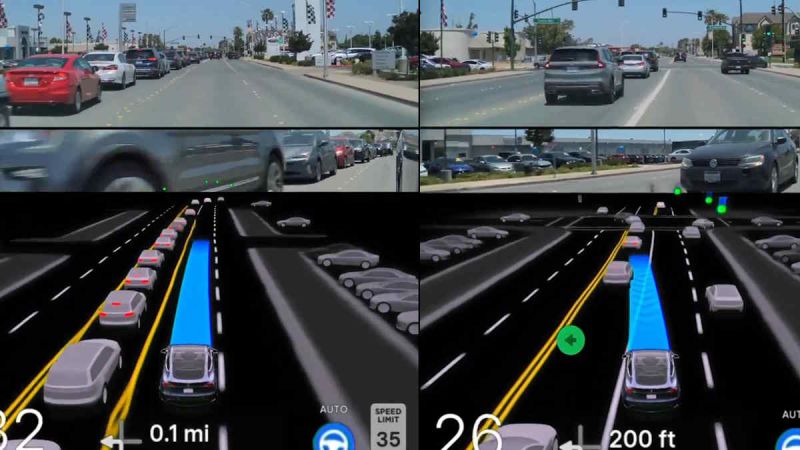




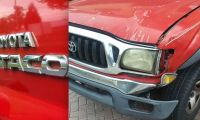

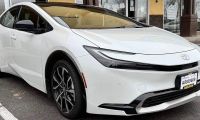
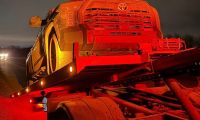
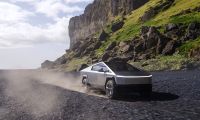
Comments
It crossed a solid line…
Permalink
It crossed a solid line under non-emergency condition..